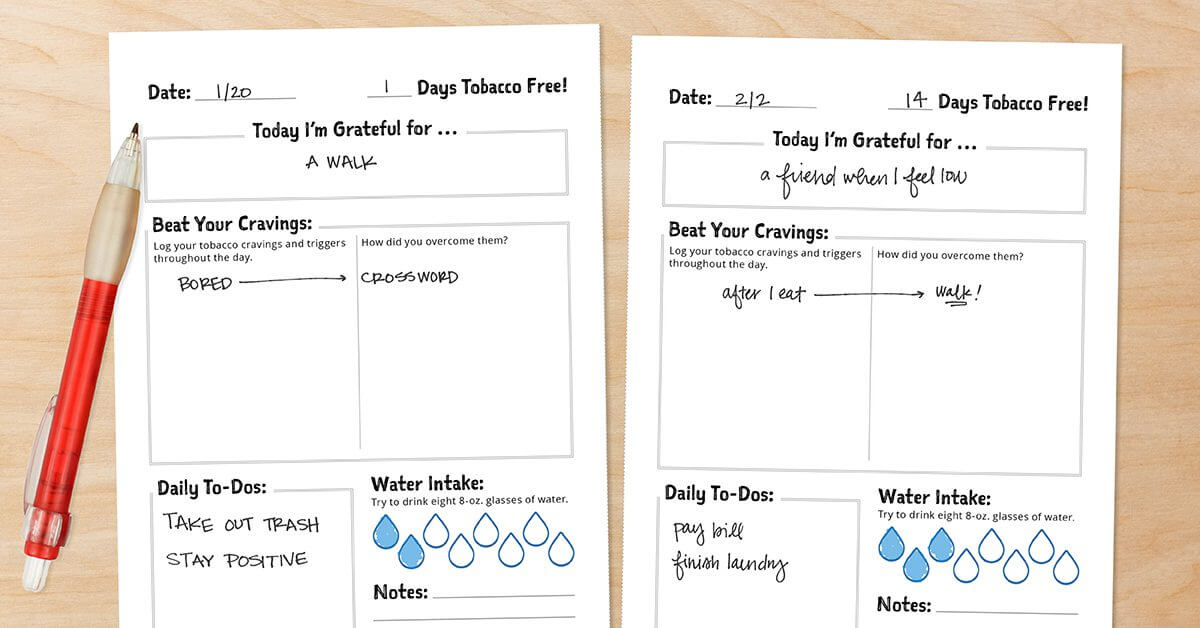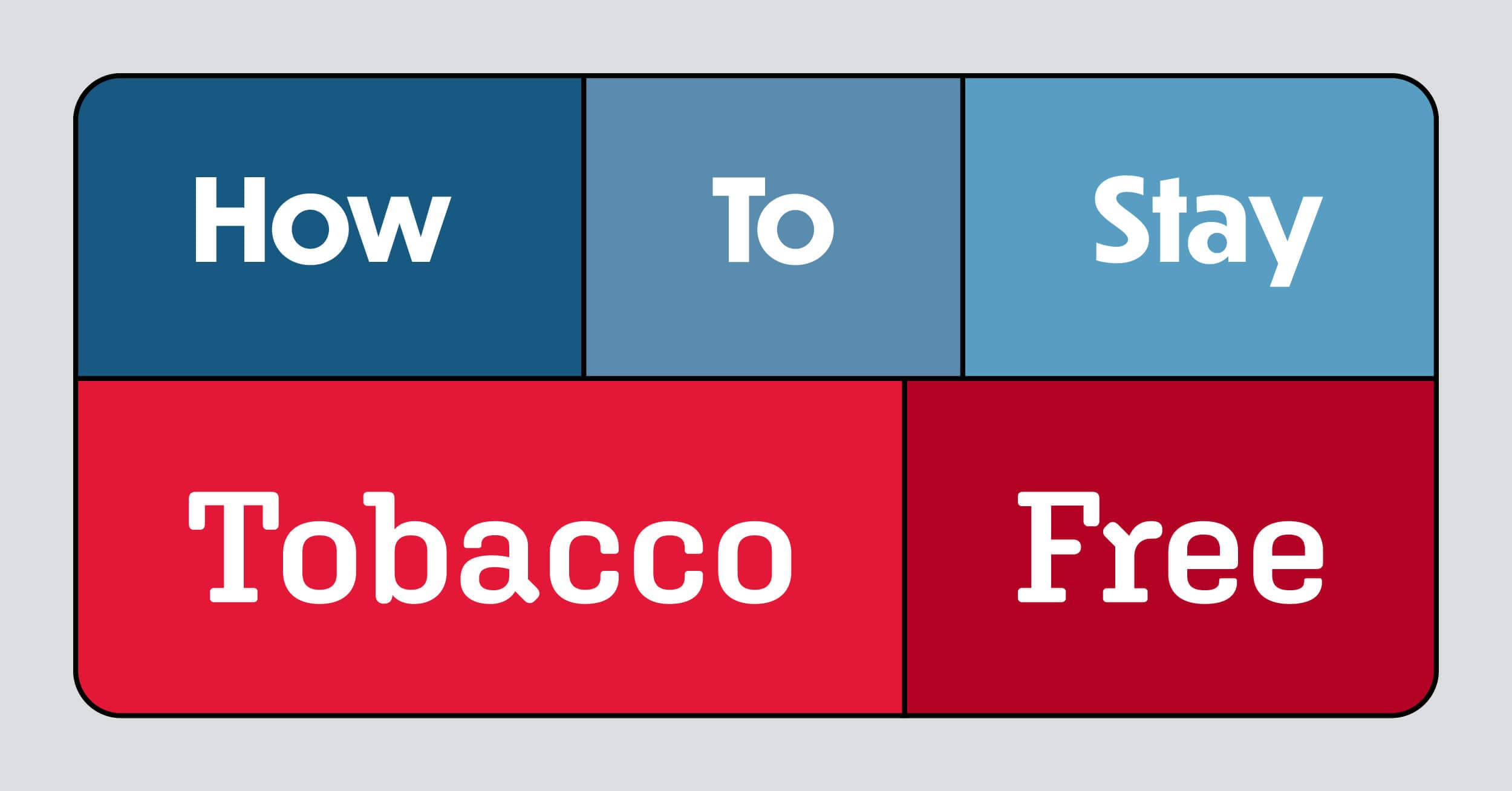Track Your Quit Journey With Bullet Journaling
Bullet journaling, or dot journaling, is a creative way to take mindfulness and organization to the next level.

Track Your Quit Journey With Bullet Journaling
Bullet journaling, or dot journaling, is a creative way to take mindfulness and organization to the next level. With the perfect blend of planning and reflection, it’s a great tool to help manage tobacco cravings and track your quit journey.
Here’s your guide to bullet journaling for beginners.
What Is Bullet Journaling?
Bullet journaling can be as simple or complicated as you want, depending on the time you’re willing to devote and what you’re hoping to get out of it. At its core, a bullet journal is a way to take notes, complete tasks and track your schedule. However, the fun thing about bullet journals is that they’re 100% customizable!

Bullet Journal Set Up
First things first, you need to make sure you have the proper tools. Here are a few affordable ones to help start the process.
- A notebook or premade template (download ours for free here)
- A black or blue pen that won’t bleed through
Optional:
- Colored pens, pencils or markers
- Washi tape or stickers
- Stencils
Once you’ve selected a few materials, find the format that works for you. The possibilities are endless, but here are a few common sections to spark inspiration.
- A Daily Checklist – This to-do list is meant to track everything in one place. Add assignments, chores, school pick-up schedules, meal prep plans or any other important tasks you must complete before the end of the day.
- A Goal Tracker – Maybe you set daily goals, or maybe you set yearly ones. No matter how you track your goals, add a section to your daily bullet journal so it’s always top of mind.
- A Water Log – Keep track of your daily water intake with a color-in graph.
- An Activity Log – Whether you’re going to the gym, walking around the block or working out at home, jot down your daily active minutes.
- A “No-Tobacco” Tracker – Log your days without tobacco and any cravings you may have throughout your day.
- Notes – It’s a good idea to leave a notes section on each page that you can tailor to your day. Use this section for grocery lists, inspirational quotes or even for daily journal entries.

Find What Works for You!
The great thing about bullet journaling is that it is 100% customizable to you. If you never use one bullet journal section, replace it with something that fits your lifestyle better. If you have kids, add a section for their schedules and extracurriculars. If it overwhelms you to keep your professional and personal to-do lists in one place, split them up so they’re easier to tackle.
Many people add sections to track their mood, healthy habits, finances or cleaning schedules, so feel free to take on as much as you want! You can even add temporary sections — for example, a gift list in December, a gratitude section in November or an outdoor activity tracker in the summer.
If jumping into bullet journaling head-first seems overwhelming, you can also ease into it! Instead of keeping a daily log, start with a weekly log until you get the hang of it. If weekly trackers work for you, then stick with it!
While there are plenty of templates and examples to follow, there is no one-size-fits-all approach for bullet journaling. After all, designing your bullet journal is half the fun! You get to create your own designs, color keys, doodles, themes and more.
Above all else, bullet journaling should make you feel better, make your day more productive and contribute to your tobacco-free journey. Start small, set realistic goals and encourage yourself along the way. If you’re interested in bullet journaling but are unsure of how to set it up, start with this FREE download. If you’re looking for more mindfulness journal inspiration, check out our 30 mindful journaling prompts.



